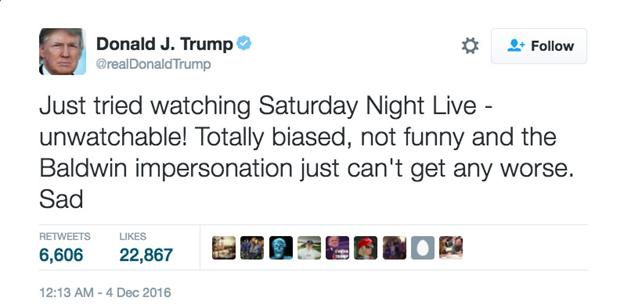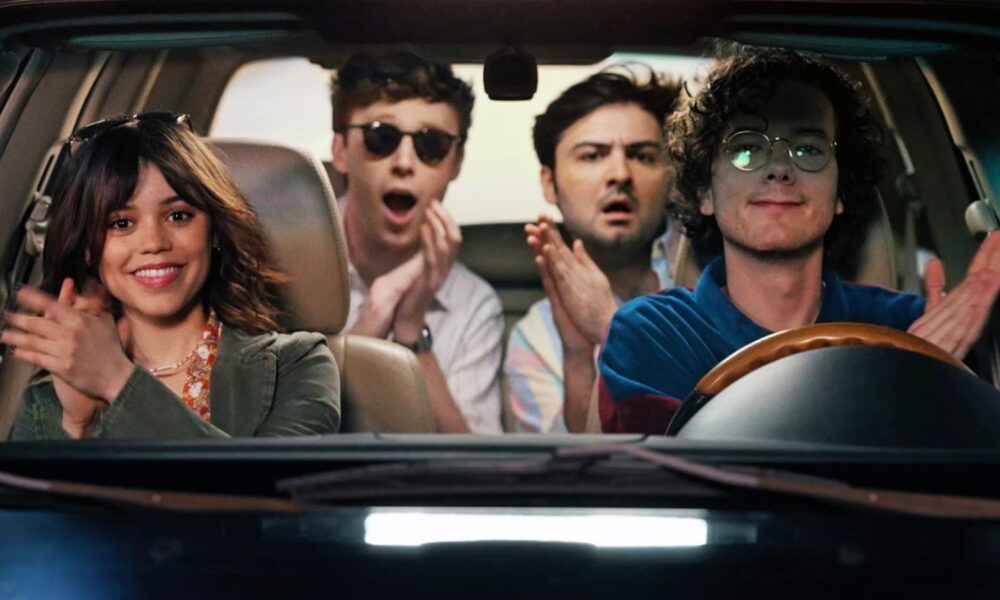I’ve never been a particularly avid watcher of Saturday Night Live. Like many people my age, my opinion of the show is mainly shaped by watching clips via Twitter, YouTube, and TikTok—I really only see the best and the worst of the series. But a few weeks ago, I enjoyed the rare experience of watching an episode in its entirety while visiting my parents. To my surprise, the show was…kind of funny?
It shouldn’t come as a shock that a comedy series with 87 Emmy wins was able to make me laugh. But criticism thrives on the Internet, multiplying into thinkpieces and off-the-cuff commentaries, where Twitter becomes flooded with nostalgic viewers who are quick to comment on how SNL used to be good, but isn’t anymore.
The show’s creator, Lorne Michaels, has called these types of viewers out, remarking that people usually prefer the SNL seasons from when they were in high school due to the nostalgia these old clips evoke in the viewer. However, Gen Zers like myself may not have watched the show in the same way that millennials or Gen Xers did since network television’s popularity has been replaced by shorter, more easily digestible videos on social media. But that doesn’t mean we aren’t watching—now and again, I’ll browse YouTube for old iconic sketches, some from before I was even born, and I’ll experience the uncanny longing for and identification with something I wasn’t even around to enjoy in the first place.
Twitter users love to talk about SNL nostalgia, but nothing thrives on the online platform quite like controversy—of which SNL has had its fair share. Yet, with a show as powerful and resilient as SNL, any press is good press. SNL was heavily criticized for featuring controversial figure Elon Musk back in 2021, with clips of Musk’s cringey performance spreading like wildfire on Twitter and other platforms. Still, the show benefited from Musk’s controversies with great ratings on the episode, not unlike the time SNL was hosted by then-presidential candidate Donald Trump in 2015.
Speaking of Trump, I’d be remiss not to mention Alec Baldwin’s overdone portrayals of the notorious politician as a possible culprit for the show’s poor online reputation, especially with the younger generation. Between 2016 and 2020, when many Gen Zers were in high school, Baldwin played the role a total of 47 times, a gimmick that quickly grew stale with viewers. SNL has been making political sketches for decades, but the writer’s efforts to humiliate and enrage the president (which worked—he tweeted his disdain for the show a number of times during his presidency) made these sketches more about pushing a top-down agenda than being funny.

Since then, SNL has made increased efforts to appeal to a younger audience, possibly in response to how comedy has shifted on social media. In 2021, the sketch comedy group Please Don’t Destroy was hired by SNL to write and produce prerecorded sketches for the 47th season. Two of the members, John Higgins and Martin Herlihy, are the respective sons of former SNL writer Tim Herlihy and current SNL writer Steve Higgins. They were called out in New York Magazine’s iconic nepo-baby chart back in December, but Gen Z-ers don’t seem to mind as they respond surprisingly positively to their sketches.
The trio may have had a leg up on other SNL comedians given their popularity on Tik Tok. Ben Marshall’s account has amassed over 340 thousand followers, with the top-performing video receiving 19.7 million views. I imagine that at least part of their success on SNL is owing to their popularity on the social media app, which makes them seem more relatable and down-to-earth.
I’m curious to see how SNL will adapt to the popularity of short-form comedy and continue appealing to a younger audience, whether it be through younger writers, more relevant subject matter, or their growing social media presence. SNL‘s popularity has fluctuated over the past 50 years, and after an unusually rough period during Trump’s presidency, I’m ready to see a comeback.









